 This week's feature is an interview with Jake Strang, now the Director of Annual Giving and Alumni Engagement for the Tepper School of Business at Carnegie Mellon University. Jake was, until recently, the Senior Associate Director of Annual Fund Program for Columbia University, where he played a role in the establishment of Columbia Giving Day, among many other things. Columbia Giving Day has become a tradition at Columbia, raising over $14 million in 24 hours this year. Jake started his career in fundraising as a Carolina Caller at the University of South Carolina, when I managed the call center. I'm so proud of his success! I asked Jake some questions about getting started with giving days and what strategies have been the most successful in his experience.
*Giving Tuesday is a campaign to make the Tuesday after Thanksgiving dedicated to charitable giving, countering the commercial focus of Black Friday and Cyber Monday.
No one department is responsible for a successful giving day. Working with your team is really the key to making the day a success. Often, creative solutions are needed to accomplish the overall goal and strong partnerships are what make it possible. Giving Days must be a team effort between everyone from annual giving to gift processing to web initiatives and marketing and communications. Without bringing in the full team and having support from senior management giving days can see only limited success. Challenge Matches and Incentives Challenge matches and incentives are another essential part of giving days. As fundraisers, we need to ask ourselves what our donors are asking themselves, “Why today?!” The answer is to make the gift go further via matching funds, engage new and returning audiences, build social reach, and set organization records. Among other reasons, this is why the giving day model truly works. Donors want to know they’ve made a difference, not just by giving but also by giving on this particular day. More and more we see the rise of the digital age in giving. How do you get donors interested and how do you keep them coming back? By providing live updates on the day, hourly challenges and friendly competition, donors are incentivized to come back and check on the progress throughout the day…and hopefully make an additional gift if they’re engaged! Innovation Don’t be afraid to innovate and try new things. Giving Days are a great platform for my two favorite words “pilot program.” Because the campaign is only 24 hours, it is special and should be treated as such. Giving days are a great place to test new ideas on a small scale and build them out once you see the response of your audience. At Columbia, we used Columbia Giving Day as an innovation springboard. Numerous pilot programs and technologies were created and then reused in everyday giving because they started on Giving Day.
By "gamificating" our ambassadors, they were encouraged to post, share, and get likes/comments on their status updates. We gave away prizes to our top ambassadors to reward them. We actually found that in year 1, our top ambassador was an international non-donor who made his first gift on Giving Day. After the success of the program, we later transitioned it to the Alumni Association who has continued to build and see success with engaging volunteers across the US and internationally in this way! Throughout the year, ambassadors are supplied content from events, graduation, as well as other top performing social posts keeping them engaged as they promote on behalf of the school. More about Jake Strang: With over a decade of fundraising experience, Jake Strang currently serves as the Director of Annual Giving and Alumni Engagement at the Carnegie Mellon Tepper School of Business in Pittsburgh, PA. He is responsible for overseeing annual giving, alumni marketing, and volunteer programs for the school. Prior to his current role, he spent four years with Columbia University as the Senior Associate Director for Annual Fund Programs. While there, Jake oversaw a number of Annual Funds, special initiatives and worked on the core team for the first five Columbia Giving Days. He began his fundraising career with Ruffalo Noel Levitz as a student caller for his alma mater, the University of South Carolina. He later was responsible for managing the phone programs at both South Carolina and Columbia University. Strang holds a Bachelors of Science in Marketing and Management from the University of South Carolina’s Darla Moore School of Business and Master of Science from Columbia University in Fundraising and Non-Profit Management.
0 Comments
You know what kind of person makes a great phonathon caller. It's easy to spot characteristics such as confidence, sincerity, and enthusiasm in any conversation. But the most important variable to the success of a phonathon caller (or any fundraiser) isn't personality or even work ethic, it's RETENTION. Whether or not they stick with job will largely determine their success and yours.
So, in an interview process, the content of your questions should be about the potential longevity of the candidate. You can assess the other qualitative characteristics while you are talking about other things. I'm hiring right now to build a phonathon program for the seminary I work for and these are the only interview questions I am using and I know I'm getting the best team players with this method. I've used these three questions for a long time and they help you find awesome callers who will stick with it and learn to be outstanding young fundraisers. In fact, they are actually great questions to ask candidates for any position. None of them are specific to call center or fundraising. They are all about how the candidate views work and keeping their commitments.
Better yet, do they indicate an interest in the business of philanthropy or an understanding of how the skills gained by working at the call center will help them long term?
Other answers will be more vague and abstract. I won’t say that these are not a good match for call center work, but these more abstract students may need more structure and guidance. If, however, you see an over-involved, over-scheduled student who can’t answer this question concretely, that’s a problem.
Those who have a high degree of personal integrity and can articulate their values in a clear way are loathe to quit when they have committed to something important. They can become the trusted core of your team. What are your favorite interview questions and why? Try these questions out and see if you don't make your interview process more efficient by both saving time and getting better callers through the hiring process. If you liked this post, you will probably love my book How to Staff Your Phonathon Super-Fast, Seven Secrets to Fill the Seats. It's full of information on how to find your staffing targets, generate tons of applications, interview fast, hire for retention and keep great callers! Purchase your copy today. And subscribe to Real Deal Fundraising so you don't miss a single post! 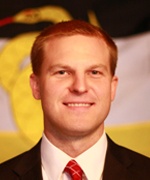 This week's Thursday feature is an interview with Markus Jones, Senior Vice President for Development of the Sigma Nu Educational Foundation. His organization launched their first ever phonathon last year and I asked him some questions about the process and what the results have been for his organization.
Phonathon fundraising represented a method of communication that I felt our organization had not fully explored in the past. Likewise, it offered a unique opportunity to reach non-donors, friends and parents of our members, whom we had never previously contacted. As a major gift fundraiser, I also saw the Phonathon as a means of prospect generation for future campaign efforts. We needed to resupply the pipeline for our mid-range and major gift officers to cultivate in the very near future. We have been very carefully referring outliers from this effort to those gift officers.
Additionally, we were met with similar concerns from other members of the staff who are not directly involved with the fundraising operations. I worked with our communications team and other fundraising staff to develop internal communications that addressed their concerns in advance of launching the campaign. We shared FAQs, details about database segments, call schedules, and sample call scripts with everyone on staff prior to making calls. We also invited them to actively engage with donors who may have questions or concerns along the way. After the first week of calling, we distributed “canned responses” to commonly heard objections to the staff assigned to the front desk at the Fraternity Headquarters. We also created a page on our website dedicated to the Phonathon which carefully identified the company we contracted to conduct the calls, constituents who would receive the calls, why we were calling, and the timeframe in which calls would be made. This also helped to mitigate some push-back we received from outside constituents and, I believe, added some validity to the callers’ efforts.
Side note: Our vendor employs a very diverse group of callers and actually worked with us to recruit collegiate members from one of our Sigma Nu chapters near the call center. The feedback from the callers was also really great. They all enjoyed working on the campaign and speaking with our alumni on the phone. This was very encouraging for future partnerships.
More about Markus Jones: Prior to joining the staff of the Sigma Nu Educational Foundation, Markus served as a Development Officer at the University of Southern Mississippi Foundation. He began his career in nonprofit development and volunteer management following Hurricane Katrina as the Director of Marketing and Resource Development for the United Way of South Mississippi in Gulfport, MS. Markus has worked in the nonprofit development field for his entire professional career and strives to continue this path in the future. He holds a bachelor's degree in Advertising from The University of Southern Mississippi and in his spare time Markus enjoys books, the outdoors, volunteering and traveling. ast week, I argued that predictive modeling is not as intimidating as it sounds. In fact, you don't need a consultant to build your models and you are the best person to do it.
You are the best person to build your projections for a couple of reasons: 1) You do/should have the most knowledge about how your program has historically performed and your strategies going forward. 2) You will be the person working with those projections throughout the fundraising year as living documents to guide your path to optimum performance. To work best with the predictive model, you should build it and understand it from the ground up. A great report (if you can easily get it) is a projections versus actual report that shows you segment-by-segment, side-by-side, where you thought you would be and where you are currently. But if you can't get a report like this designed, no worries. You can easily have your projections (your predictive model) in one hand and your up-to-date actual results in another. You should do a P v. A (Projections versus Actual) analysis at least quarterly but ideally monthly. My recommendation would be to work up to more frequent analysis if you aren't currently doing it, as it can be overwhelming and time-consuming in the beginning. The benefits are abundant, though, as I will articulate. Here's how this works on the segment level: I'll use phonathon segments as an example, but this could be anything (direct mail, email, leadership giving, etc.) Say you are getting close to finished with the College of Business but it doesn’t look like you are going to reach your total dollars. You can now use your projections to pinpoint where the downturn occurred and proposed pointed solutions. (See charts above.) You notice that you are very close to finished (completion rate) and therefore you aren't going to have that many more calls in order to make up lost ground. The next thing that pops out to you is that contact rate didn't perform to expectations. This signals one major thing: lack of data integrity. Lastly, the participation rate for this group is much lower than projected. You have isolated the two major issues with the College of Business results thus far. If you never had the projections, your report to the Dean of the College of Business would probably simply be, "I'm sorry but we are going to fall short this year." Or worse, you might feel the need to follow that up with a bunch of speculations and excuses. Instead, you are armed with information and can break bad news with prepared data-driven solutions. So, a conversation with the Dean of the College of Business might go like this: “It appears that we may fall about $2,000 short of our goal for your college. This is due in part to our contact rate being lower than expected for the college overall and a slightly lower participation rate than we hoped for in the future donors. So, I would recommend that we send out a 'where are you?' email to try and get updated phone numbers for all of your graduates and we may lower the ask amounts for the future donors to help improve acquisition for this group.” This works the same way with your higher-ups. You will be able to show which metrics and schools are under-performing and explain the statistics rather than provide anecdotes or excuses. It works the exact same way if your results are amazing! You are able to report on where and how you beat the goal and therefore where the areas of opportunity are for the future. This perspective can change the course of your career because you will become the most trusted person in your organization. You are informed, realistic, and have solutions and analysis galore! Try this with your next project. Let me know how it goes. There are a lot of ways to get these two terms muddled together and confused. Having worked at large state-supported universities for most of my career, I'm guilty of using the terms "annual fund" and "annual giving" interchangeably.
Here's the crucial difference: some institutions need unrestricted funding in order to make their operating budget and provide basic services to meet their mission. They have an annual fund, which is unrestricted. And while these organizations accept and appreciate designated gifts to programs and named funds, they still require a certain amount of unrestricted giving. There is a laser focus on unrestricted giving. The pitch is all about the importance and uniqueness of that organization's mission in our world. The need for support is tied to the worthiness of the institution itself. Other organizations just want loyal donors to make a gift of any level, every year. This is annual giving. Usually, it is not fund specific. For instance, at most large universities, the goal of the office of annual giving is to boost alumni participation rates and the ability to designate that gift to a niche department, program or scholarship is part of the pitch. Why would an institution that doesn't need operating dollars run an annual campaign? There are many reasons but here are a few:
I now work for an institution that needs operating dollars and "annual fund" doesn't just mean "small gift amounts". Major donors play a big role in helping our organization to meet our goals. I had to completely clarify in my mind the differences between raising money for the "margin of excellence" versus raising money to meet our budget. Unrestricted giving isn't value-add at many small non-profits and smaller institutions of higher education; it is a necessity. Deeply understanding that there are two very different approaches to annual fund/giving is essential if we are to communication effectively with our colleagues at other institutions. Make sure to ask questions about whether the annual fund is unrestricted giving only, whether it includes major gifts and whether your goals are calculated by what you can raise or by your budgetary needs. Finding a colleague at a similar institution is helpful if you are hoping to craft a perfect pitch for your annual campaign. Do you work for an annual fund institution or an annual giving institution? “Predictive Modeling” sounds intimidating, right? It sounds technical and complicated. You probably think you should hire a consultant to help you create a predictive model for your organization.
Well, let’s all agree together to take the bite out of this phrase. I like Wikipedia’s uncomplicated definition of predictive modeling as a system that “uses statistics to predict outcomes”. Creating a predictive model is merely using statistical educated guesses to build projections and then work with those projections dynamically throughout the year. Projections is a version (model) of what you think will happen in your program this year (predictive). I’ll discuss here how to build you’re your projections and next week, I’ll post about how to work with your model dynamically throughout the year as the actual results impact your ability (for good or for ill) to reach the projected goal. For this exercise, you will need:
You’ll building each segment into your spreadsheet like you’re building a house: brick by brick, cell by cell. This takes a long time but it is the essence of predictive modeling. It must be detailed to be relevant. Once done, you’ll have a powerful tool for the entire year. So, let’s take an example or two (see the chart above): Let’s say you want to know how your fall direct mail will likely perform. You estimate from past results and database reports that you have 1,156 lybunts (last year's donors) and 567 sybunts (donors who gave 3-5 years ago) to send a letter to this fall. Looking at past years, you see that your response rate has been between 8-10% for lybunts and 4-7% for sybunts. You feel like playing it safe so you put in the low-end values. Using formulas (see my video on that topic here), the information you have put in so far tells you that you can expect 92 gifts from the lybunts and 24 from the sybunts. Based on past reports and your best guesses, you put in $135 for a lybunt average gift and $87 for sybunts. This makes your likely total dollars $12,484 from the lybunts and $2,096 from the sybunts. Now, assuming those were your only two segments for fall direct mail, you can then total up the letters, gifts and dollars and you know what to expect. Your models might include just one vehicle (direct mail, phonathon, email solicitations, etc.) or it might include everything your shop plans to bring in. Your model might have hundreds of segments or be exceedingly simple. The point is not to be baroque but specific enough to be valid predictions of results. This method is powerful because you’ll be able to see immediately which segments have a negative return on investment and can decide actively whether they merit sending the letters anyway to acquire the donors. You will also know exactly where you fall short if results don’t live up to these expectations, which enables you to course correct in future projections and change strategy for the rest of the year. I’ll show you how to do this in next Wednesday’s post – “Demystifying Predictive Modeling, Part 2”. Don't ever be intimidated about predictive modeling again. In fact, because of your knowledge of your program, you are the best person to build and adapt your predictive models. You can do this! The short answer to this question is “no”.
But, many will miss this because we personally (as marketers) don’t like getting direct mail and probably are cynical in our responses to it. This bias leads us astray from recognizing the particular advantages of this medium. We delude ourselves that email and social media will take the place of this ancient vehicle of communication because we relish the new and the innovative. The problem is that our donors don’t think like we do. And groups act differently than any one individual in that group thinks. The United States Postal Service had revenues of $68.8 Billion in 2015 and that number has stayed rather steady since 2009 (after a drop in revenue associated with the economic downtown in 2007-2008). In 2015, USPS handled 80 Billion pieces of advertising material. Are all of the organizations and businesses sending through the mail kidding themselves? I don’t think so. A significant portion of that mail is non-profit direct mail. In fact, 91% of nonprofits are using direct mail. Out of those using direct response, 54% saw an increase from 2014 to 2015. The real answer to the question “Is Direct Mail Dead?” is “No because bottom line: it works!” The question we should be asking is, “What is direct mail particularly good at? How can we play to those strengths?” Direct mail has powerful things working in its favor: Nostalgic Getting a hand written note (especially a thank you note) in the mail is so much more powerful than an email. Part of this is nostalgic and retro but that nostalgia is rooted in the notion that people today don’t take the time to write notes. Mired in our daily lives driven by insta-communication, when you do take the time to send mail, it’s noticed. Familiar Everyone understands what mail is. We all know the conventions of how to fold the letter, address it, use the stamp, how to check the mailbox, etc. New media like text-to-give and various online giving platforms can be baffling, especially to the very elderly. Mail also allows us to form a visual brand that makes the donors feel comfortable giving because they feel they know that organization and trust has been built. Secure With all of the various information breaches these days, many donors feel that writing a check and sending it through the mail is more secure. The USPS is still a trusted entity protected by laws that forbid tampering with the mail. This reassures donors. Informative Although it is much more difficult to personalize than a phone call, direct mail can be highly informative. You can write a long and detailed letter and include points of pride on the back of the letter. You can include buck slips with more information for very little cost. A donor can, after absorbing your direct mail, feel like they have learned a good deal about your mission and organization. Tangible You can hold a letter in your hand. You can keep it in a file for years. If an angry donor sends a copy of the letter with a complaint written on it to your director, it has much more weight and seriousness than a forwarded email with a complaint. Part of the power of direct mail is the same power as real books and real magazines. People like to hold something in their hands other than mobile phone or kindle. Writing a fundraising letter is tough. Making it sound original and compelling is even tougher. Sometimes you can become stuck, too afraid of writing something that is stale and boring to get anything done. If this sounds like you, you have DMWB: Direct Mail Writer's Block.
Here's 5 steps you can take in about half an hour to break through your writer's block and get a draft completed ASAP: Step 1: Understand that some words are better than no words. The most important thing about fundraising is THAT you ask. Sending some mediocre letters out will generate more money than sending zero perfect letters out. Once you realize this, it is a liberating feeling. Something is better than nothing. So, don't worry so much about it being super-compelling and perfect at this point. Step 2: Find a white board (preferably a big one) On the top of this whiteboard, write what you are raising money for. This might be "OPERATING FUNDS" or "SCHOLARSHIPS" or something else. Now go one level deeper and take that (in just a few words) to what it means for people. How will lives be changed because of raising money for this designation. So, it might say, "Funds to allow more students to study abroad", "more meals for the homeless" or "students able to graduate with less debt". Next, you need to make a short list of 3-5 possible signatories for your letter. Do this step even when you think you've already decided who will sign it. Sometimes a traditional "dean's letter" or "president's letter" isn't the way to go. The best letters I've ever written were signed by students, the recipients of the support. Step 3: Generate reasons to give Add a list of 3 EMOTIONAL reasons that your constituents should want to give and 3 ANALYTICAL reasons that they should give. You need a mix of both of these. Most people tend toward one or the other. For example, I'm wholly analytical. I like to know things like the percentage of the cost of an education that's covered by tuition. I like to know about challenge grants and alumni giving percentages and whatnot. The data makes a rational argument to my mind and that style is much easier for me to write. If you are like me, you're not great at coming up with the emotional reasons to give, but an exercise like this forces you to work with both kinds of case making. The emotional reasons usually include a story of a grateful recipient of the support and can include nostalgia for the organization or pride in past work that the donor participated in. Step 4: Evaluate Based on what you see on your whiteboard so far, can you take the story or voice of one of those possible signatories and work in several of the analytical AND emotional reasons to give in one letter? (If yes, go to Step 5.) If no, return to the top of your whiteboard. Do you need to re-address what you’re fundraising for or do you need signatories with more authority or better personal stories? Step 5: Write without self-censoring At this point in the process, you have a focus for your pitch (your designation), a signatory, emotional reasons to give, and analytical reasons to give. Now, get out of your own way and WRITE, without self-censoring. Don't judge. Just get enough text down in written form. Later, with the magic of cut and paste, you can remove, move and juggle all the juicy bits of language. But you can't get to that point until you generate all the phrases and sentences. Don't forget to think about customizing the language for your different segments along the way. This is the best method I've used for snapping out of a direct mail writer's block: get your psychology straight, focus on what you are raising money for, the reasons to give and how that matches with who should sign the letter. Then get out of your own way and get it all down in words. Happy writing! If you try this, let me know how it works out for you. If you haven’t heard, Stanford University ruffled some feathers last week by announcing that is doing away with its phonathon. Here's the announcement from Stanford. Donor Relations Guru and Annual Giving Network wrote about it.
Here’s my take. Stanford is not the first to get rid of their phonathon and they won’t be the last. Does that mean that phonathon is dead? No way! One friend of mine said “So It Begins” on Facebook about this because with such a high profile university ditching their phonathon, annual giving specialists all over the country will have to go into a new cycle of justifying their programs to administrators who think that their universities are also Stanford. The truth is that Stanford could afford to stop fundraising full stop and they wouldn’t lose any market share for years. Eventually revenues might drop, but it would take a while. The loss of new fundraising revenue wouldn’t seriously impact their rankings or ability to recruit students for decades probably. Stanford has two very powerful things that your university probably doesn’t have that make it possible for them to say to donors: “You meet us on our terms. We don’t feel like calling you anymore.” Or as they put it in their paperwork. “Give online. It’s the modern way to give!”
Donor Relations Guru makes the point that we should be multichannel and of course we should. Giving donors options and honoring their choices should be part of your plan. But if you aren’t Stanford and you don’t have a long game plan to replace the things that phonathon brings you (up-to-date data, donors, positive public relations, dollars, and donor education) proceed with caution. Don’t get rid of any medium that you can afford that gives your donors another way to give. I work for an institution that stopped communicating with donors via phone a while back and now we have to rebuild and repair those relationships. Phone calls have significant advantages that haven’t changed:
Imagine if we just gave up trying to visit major donors and just decided to tell them all to give online. I don’t think we would clutch our pearls. We would laugh and wish that institution the best in their experiment. (I guarantee that political candidates aren't even considering giving up their "Get Out the Vote" phonathons!) Personal interaction works best. We know this because fundraising is about relationships. But it is also about asking. Phonathon allows us to do both and reach a large amount of people at the same time. No other medium does this. If your phonathon isn’t working, it probably isn’t because the medium is dying. It’s more likely that the problem originates from poor caller training/management, you have poor contact rates or ironically, you aren’t calling enough to make your fixed costs worthwhile. There are solutions to all of these issues. Motivation goes far beyond call center games. Games are one of the most visible manifestations of external motivation in the call center but I have seen too many well-meaning managers become over-fixated on games. It is important to have other things undergirding your motivational strategy so that the games become only the icing on the cake.
Make sure your call center has:
All of these things come before the nightly games. It is also important that games not detract from the purpose of the calling shift, which is to raise money efficiently. Games should never take time away from calling or create a situation where callers are disturbed or distracted when talking with prospects. That said, call center games are a cornerstone of what makes having a such a hard job FUN! You can get some great ideas for new call center games (and new twists on old favorites) by subscribing to Real Deal Fundraising. My "15 Best Call Center Games" guide is my gift to you for subscribing to this blog. Click here or the button below to sign up for updates today. |
Jessica Cloud, CFREI've been called the Tasmanian Devil of fundraising and I'm here to talk shop with you. Archives
July 2020
Categories
All
|
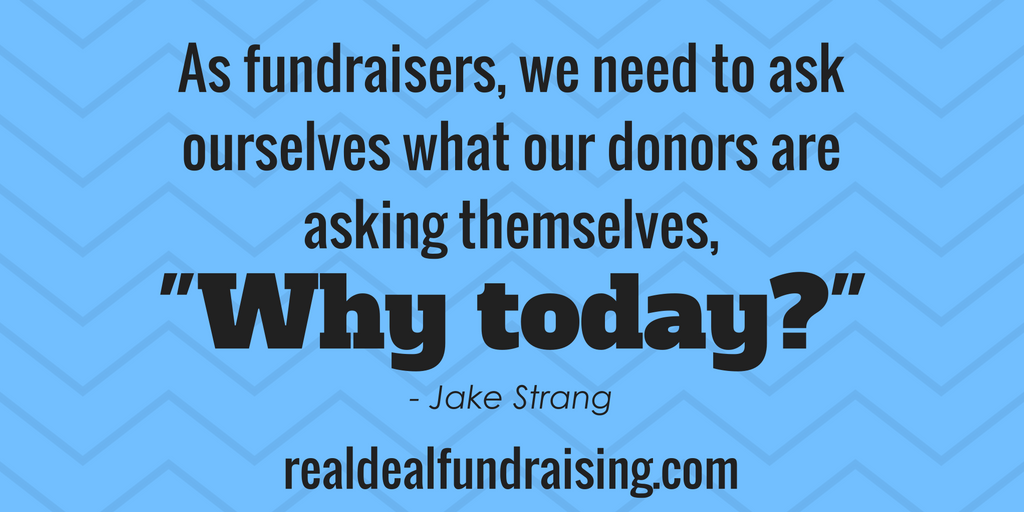
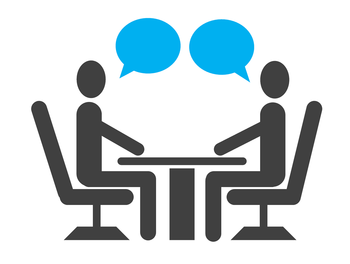
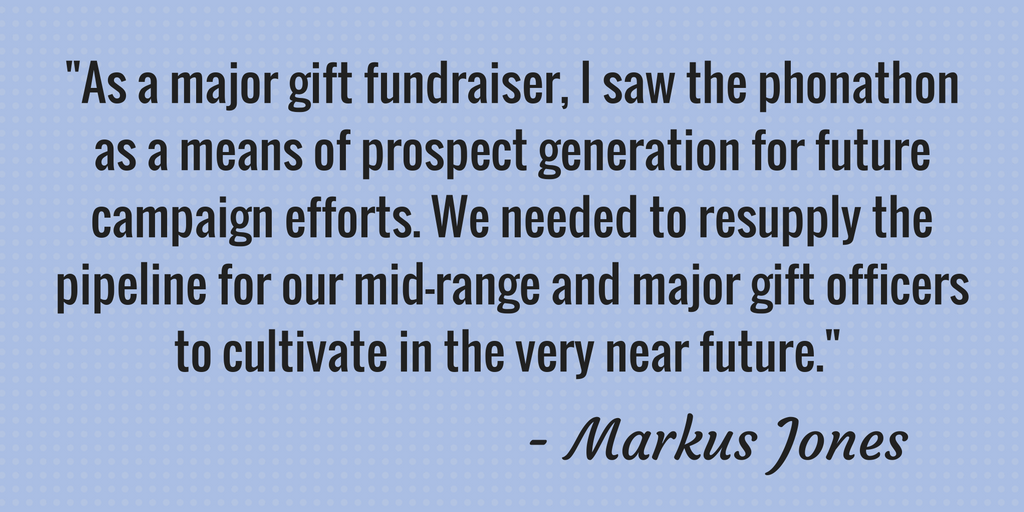
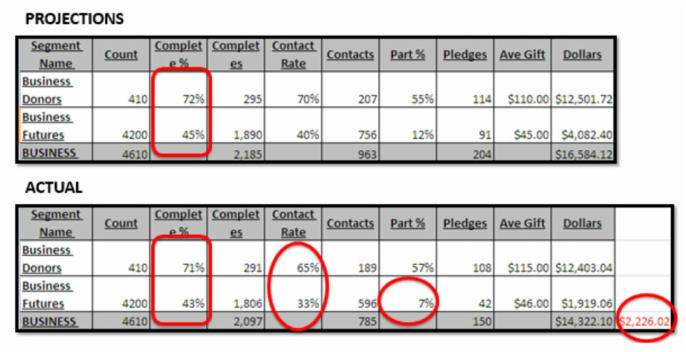
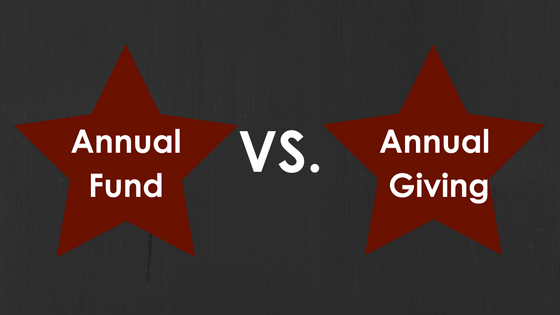



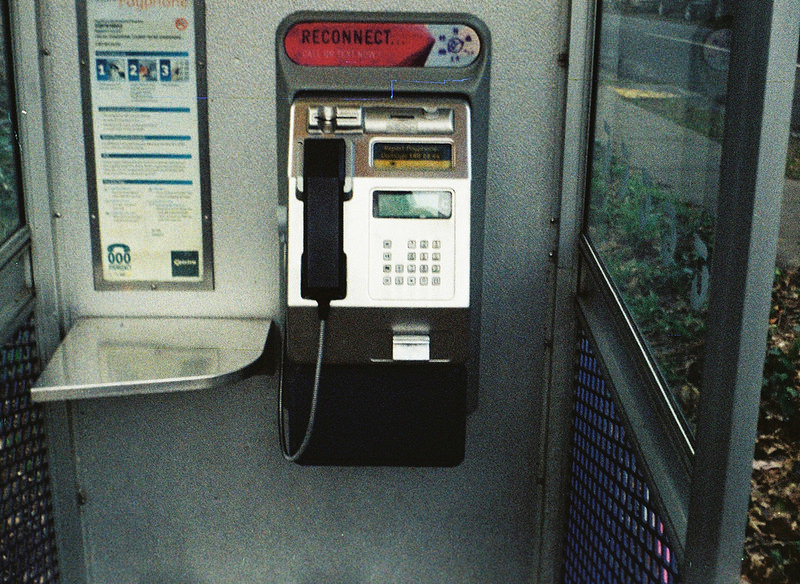
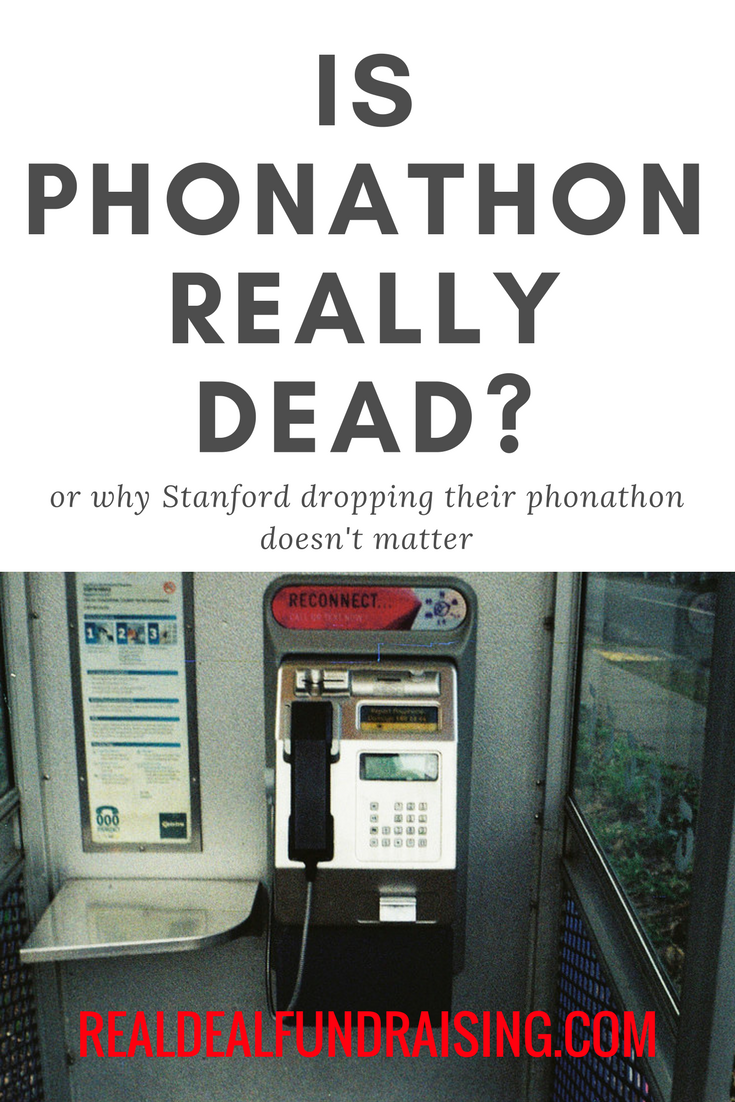
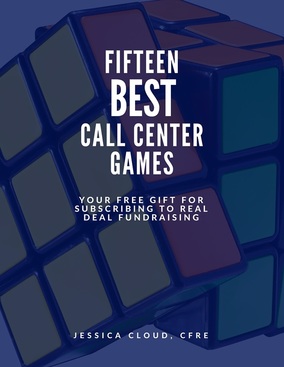

 RSS Feed
RSS Feed
